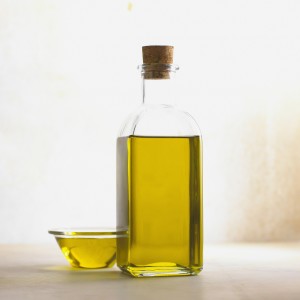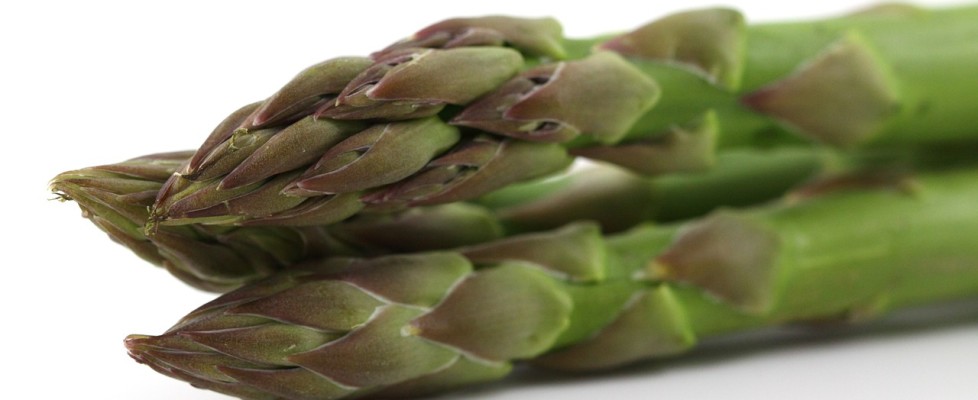How to Lose Weight — Fast!
It’s January, the month where just about everyone has weight loss on their mind. We’ve just exited the holiday season — how’d you do? Time to assess the damage, recommit to the diet, and sign up for another gym membership.
With that in mind, I present the single best tip to lose weight fast! This tip is not a gimmick, but rather a concept you can (and should) always practice for healthy eating.
The Principle of Caloric Density
 All food can be described on a spectrum based on caloric density. On one end you have foods that have a LOT of calories and take up little physical space. Generally speaking, these foods are also nutrient poor. For point of reference, the most calorically dense “food” on the planet is vegetable oil and butter. With roughly 120 calories and 14 grams of fat in every tablespoon, its incredibly easy to increase your caloric intake without feeling any more full by eating these fats.
All food can be described on a spectrum based on caloric density. On one end you have foods that have a LOT of calories and take up little physical space. Generally speaking, these foods are also nutrient poor. For point of reference, the most calorically dense “food” on the planet is vegetable oil and butter. With roughly 120 calories and 14 grams of fat in every tablespoon, its incredibly easy to increase your caloric intake without feeling any more full by eating these fats.
The opposite end of the spectrum are foods that have very few calories and take up large physical space. The least calorically dense foods on the planet are vegetables. Not coincidentally, these foods are also very high in nutrients. Low in calories and high in nutrients?? Vegetables are basically just water, fiber, vitamins and minerals, with a few paltry calories — what’s not to love?!
Here is the complete hierarchy of foods based on their caloric density:
- Vegetables (least dense)
- Fruit
- Potatoes, Pasta, Rice, Barley, Yams, Corn, Hot Cereals
- Beans, Peas, Lentils (cooked)
- Breads, Bagels, Fat-free Muffins, Dried Fruit
- Animal Products (Meat, Dairy, Eggs, etc)
- Sugars (ie, sugar, honey, molasses, agave, corn syrup, etc
- Dry Cereals, Baked Chips, Fat-free Crackers, Pretzels (processed snack foods)
- Nuts/Seeds
- Oils & Butter (most dense)
Eat more of the foods in green in place of the foods in red and yellow. Make that switch on a daily basis and you will lose weight, fast, and naturally. And you will feel fuller, more satiated, and have more energy. Really?? What a win-win-win!
The easiest way to reduce the caloric density of your food is to stop cooking with oils. Oil is not a health food. Most people would agree that white sugar is not a health food. White sugar is the isolated simple carbohydrate from food. This means isolated from all of the nutrition from the food it came from. Oils are just isolated fats — equally not a whole food, and equally not a healthy choice.
Remove oils from your diet. I assure you, you won’t miss them.
Beyond that, eat nuts and seeds sparingly, and try to avoid processed snack foods. Then, load up your plate with vegetables. Eat your vegetables first. This is important. Fill up your belly with the good stuff first, and you’ll eat less of the higher density stuff.
Finally, don’t drink your calories. Liquid calories provide very little satiety.
Load up your plate with vegetables, whole grains, beans, and fruits, and reduce the rest, and watch the pounds melt away with ease.
For more on caloric density, see: Jeff Novick, RD

